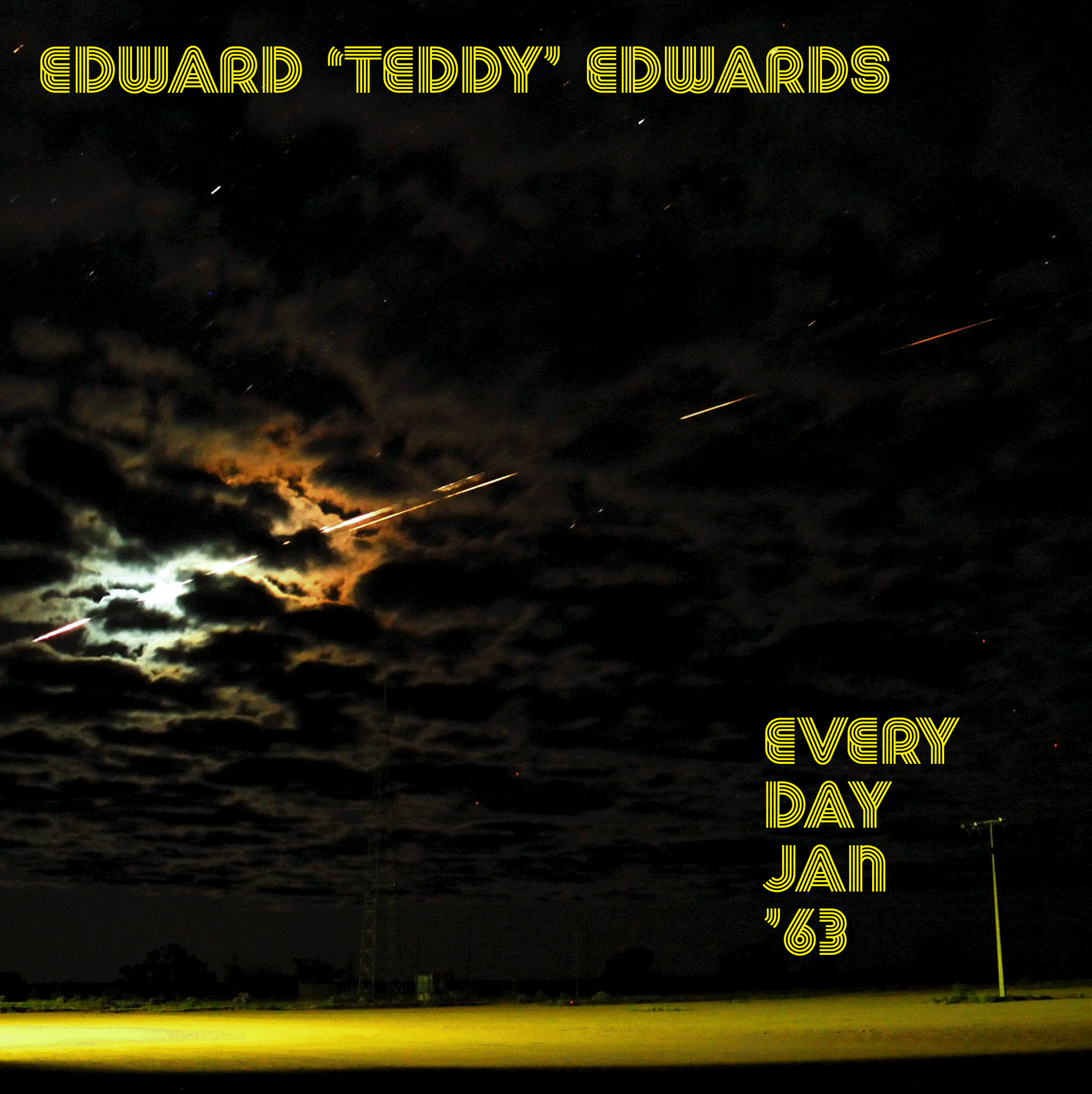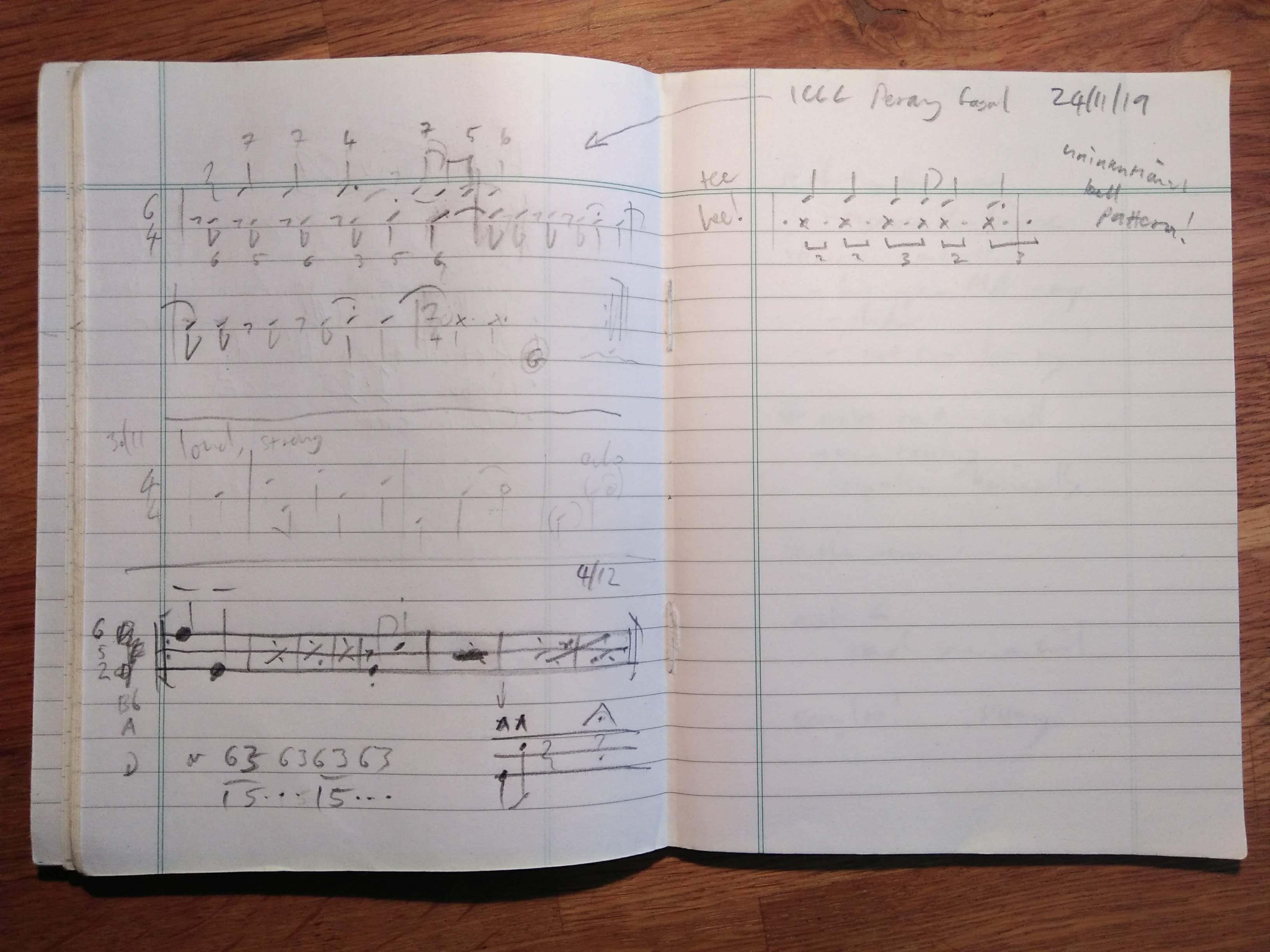Patternuary 2023
During January 2023 a number of people active in the livecoding community participated together in a 'patternuary' https://club.tidalcycles.org/t/patternuary-2023/4474/1 aiming to make one pattern every day during the month.
Some people worked in TidalCycles https://tidalcycles.org/, while many chose to use the Strudel platform https://strudel.tidalcycles.org/.
Some of the patterns were posted on the Tidal Club thread above, while many otherers appeared under the #patternuary thread on Mastodon https://post.lurk.org/tags/patternuary.
Given the strong likelihood of bitrot, I created a single video https://archive.org/details/jsvdwpatternuary2023 that captures brief excerpts of all of the patterns I made: mostly in Strudel, but also in SuperCollider, Pd and one composition notated in MuseScore.
The audio is also released as an album on bandcamp: https://tedthetrumpet.bandcamp.com/album/everyday-jan-63

(Most of) the code is available as a gist https://gist.github.com/tedthetrumpet/0410ae1cd2ad0a2837a36aca94e5b5ea
